Ensure Safe Drinking Water on Your Outdoor Expeditions
Introduction
Importance of Water Filtration for Backpackers
“Water is the elixir of life,” they say, and it’s especially true for backpackers embarking on outdoor adventures. Untreated water can harbor nasty microorganisms that can turn your trip into a nightmare. Just imagine sipping from a crystal-clear stream, only to find yourself doubled over with stomach cramps! That’s why water filtration is an absolute must for any backpacker. It’s like having a personal water guardian, ensuring you stay hydrated and healthy while exploring the great outdoors.
Types of Water Filtration Systems
Chemical filters, like iodine and chlorine dioxide, work by killing microorganisms in water. They’re lightweight and easy to use, making them a popular choice for backpackers.
- Pros: Lightweight, easy to use, effective against a wide range of microorganisms
- Cons: Can alter the taste of water, may not be effective against all microorganisms
Table: Chemical Filter Comparison
| Filter Type | Weight | Ease of Use | Effectiveness | Taste |
|---|---|---|---|---|
| Iodine | 1 oz | Easy | Good | Yes |
| Chlorine Dioxide | 0.5 oz | Easy | Excellent | No |
Choosing the Right Filter
Selecting the ideal water filter hinges on several factors, including the water source, flow rate, weight, and durability. Here’s a quick guide to help you make an informed choice based on your backpacking adventures:
-
Backcountry Trails with Pristine Water Sources: If you’re trekking through areas with known clean water sources, such as alpine lakes or well-maintained springs, a simple mechanical filter like a ceramic or pleated filter will suffice. They’re lightweight and provide adequate protection against sediment and bacteria.
-
Remote Wilderness with Potentially Contaminated Water: For expeditions into the untamed wilderness, where water sources may be questionable, a chemical filter like iodine or chlorine dioxide is recommended. These filters effectively eliminate harmful microorganisms, including viruses and bacteria.
-
Expedition-Level Backpacking with Extreme Conditions: If you’re embarking on extended trips in harsh environments, consider a UV light filter or reverse osmosis system. These advanced filters provide the highest level of water purification, removing even the smallest contaminants and heavy metals.
Remember, the key is to match your filter to the specific water conditions you’ll encounter. By choosing the right filter, you’ll ensure a safe and refreshing water supply on your backpacking journey.
Using a Water Filter: Step-by-Step Guide 👣💧
Mechanical filters, like the mighty ceramic or pleated filters, are the muscle of the filtration game. They use physical barriers to trap impurities, like a bouncer at a VIP club.
To use a mechanical filter, you’ll need to pump water through the filter element. It’s like giving your water a high-five as it passes through the microscopic pores, leaving behind any unwanted guests.
-
Prime the filter: Give your filter a little warm-up by pumping clean water through it first. This helps remove any air bubbles and ensures a smooth flow.
-
Pump away: Attach the filter to your water source and start pumping. Imagine you’re on a mission to get the purest water possible, like a superhero saving the day!
-
Maintain your filter: Mechanical filters need a little TLC to stay in tip-top shape. Rinse them regularly and clean them according to the manufacturer’s instructions. It’s like giving your car a tune-up to keep it running smoothly.
ALTERNATIVE WATER PURIFICATION METHODS
Boiling
“A simple yet effective method for eliminating bacteria and viruses, boiling water is a reliable option when you don’t have a filter at hand.” To boil water, simply bring it to a rolling boil for at least 1 minute. “This is especially crucial at higher altitudes, where the boiling point is lower.”
UV Treatment
“UV light can also effectively kill microorganisms in water. UV purifiers are compact and portable, making them a convenient choice for backpackers. “They work by exposing water to high-intensity ultraviolet radiation, which damages the DNA of pathogens.”
Chemical Treatment
“Chemical treatments are another option for purifying water. Iodine, chlorine dioxide, and chlorine tablets are all effective at killing bacteria and viruses. “However, it’s important to follow the manufacturer’s instructions carefully, as some chemicals can leave a residual taste or odor.”
WATER FILTRATION BACKPACKING ON YOUTUBE
Water Sources on the Trail 💦
When it comes to finding water on the trail, it’s not just about spotting the nearest puddle. 🏞️ You want to make sure it’s safe to drink! 💧 Identifying reliable water sources is crucial for your well-being. 🗺️
Types of Water Sources
- Rivers and Streams: Flowing water is generally safer than stagnant water. 🌊
- Lakes and Ponds: Can be a good source, but watch out for algae blooms. 🤢
- Springs: Natural seeps that often provide clean water. ⛲
- Rainwater: Collect it in a clean container, but boil it first. ☔
Treating Water from Different Sources
- Rivers and Streams: Use a filter or chemical treatment. 🏞️
- Lakes and Ponds: Filter or boil the water. 🤢
- Springs: Usually safe to drink, but filter or boil for extra safety. ⛲
- Rainwater: Boil it to kill any bacteria. ☔
Water Storage and Hydration 💧
Staying Hydrated on the Trail 🚰
“Water is the elixir of life,” as the saying goes. And when you’re out backpacking, it’s crucial to keep your body well-hydrated. Staying hydrated helps regulate body temperature, lubricates joints, and prevents fatigue and headaches. So, how do you ensure you have enough water on the trail?
First off, it’s essential to choose the right water container. Consider a hydration pack with a built-in reservoir or a durable water bottle. Make sure it’s big enough to hold enough water for your day’s hike, plus a little extra.
As for how much water you need, it depends on several factors, including the weather, terrain, and your personal sweat rate. A good rule of thumb is to drink one liter of water for every two hours of hiking. But remember, if you’re sweating heavily or hiking in hot weather, you’ll need to drink more.
Storing water properly is also important. Keep your water in a cool, dark place to prevent bacteria growth. And don’t forget to clean your water container regularly, especially if you’re using it to filter water from questionable sources.
Staying hydrated is essential for a safe and enjoyable backpacking trip. So, make sure to pack plenty of water, drink regularly, and store it properly. Your body will thank you!
Health and Safety Considerations
“An ounce of prevention is worth a pound of cure.” 💧 This adage holds true when it comes to waterborne diseases. Backcountry water sources can harbor a variety of nasty microorganisms that can cause gastrointestinal distress, dehydration, and even life-threatening illnesses.
To minimize your risk, it’s crucial to take preventive measures:
-
Practice good hygiene: Wash your hands before handling water, and avoid touching your mouth or eyes.
-
Boil water if possible: Boiling is the most effective way to kill waterborne pathogens. If you have the time and resources, boil water for at least 1 minute at a rolling boil.
-
Use a water filter: Water filters remove harmful microorganisms from water, making it safe to drink. Choose a filter that is appropriate for the water source and your needs.
-
Carry water treatment tablets: These tablets can be added to water to kill bacteria and viruses. They are a convenient option when boiling or filtering is not feasible.
-
Get vaccinated: Some waterborne diseases, such as typhoid and hepatitis A, can be prevented with vaccines. Consider getting vaccinated before your trip if you will be traveling to an area with a high risk of these diseases.
By following these preventive measures, you can significantly reduce your risk of contracting a waterborne illness on your backpacking adventure. Remember, staying healthy on the trail is essential for enjoying your experience to the fullest.
Environmental Impact 🌍
Backpacking is a fantastic way to connect with nature, but it’s crucial to minimize our impact on the environment. Proper disposal of water filters and cartridges is essential. ♻️
-
Dispose of filters responsibly: Never leave filters or cartridges behind in the wilderness. Carry them out and dispose of them properly at designated waste disposal sites. 🚯
-
Choose reusable filters: Opt for reusable filters over disposable ones to reduce waste. Many filters come with replaceable cartridges, allowing you to extend their lifespan. 🔄
-
Leave no trace: Follow the “leave no trace” principles to preserve the beauty of our natural surroundings. Pack out everything you pack in, including used filters and cartridges. ⛰️
By adhering to these practices, we can enjoy the wonders of backpacking while protecting the environment for future generations. 🌱
Conclusion
Water filtration is a critical aspect of backpacking, ensuring the safety and well-being of adventurers in the wilderness. By understanding the different types of filters, choosing the right one, and using it properly, backpackers can access safe drinking water and minimize the risks associated with contaminated water sources.
Remember, “An ounce of prevention is worth a pound of cure.” Prioritizing water filtration is a small investment that can save you from the discomfort and potential health hazards of waterborne illnesses. Embrace the responsibility of being a responsible backpacker and protect your health while enjoying the wonders of the outdoors.
WATER TREATMENT OPTIONS WHEN HIKING, CAMPING OR TRAVELING | CDC
DRINKING WATER TREATMENT AND SANITATION FOR BACKCOUNTRY & TRAVEL USE
CLEAR WATER FILTRATION
COST OF WHOLE HOUSE WATER FILTRATION SYSTEM
COUNTERTOP WATER FILTRATION SYSTEM
ALEXAPURE PRO WATER FILTRATION SYSTEM
WATER FILTRATION EXPERIMENT EXPLANATION

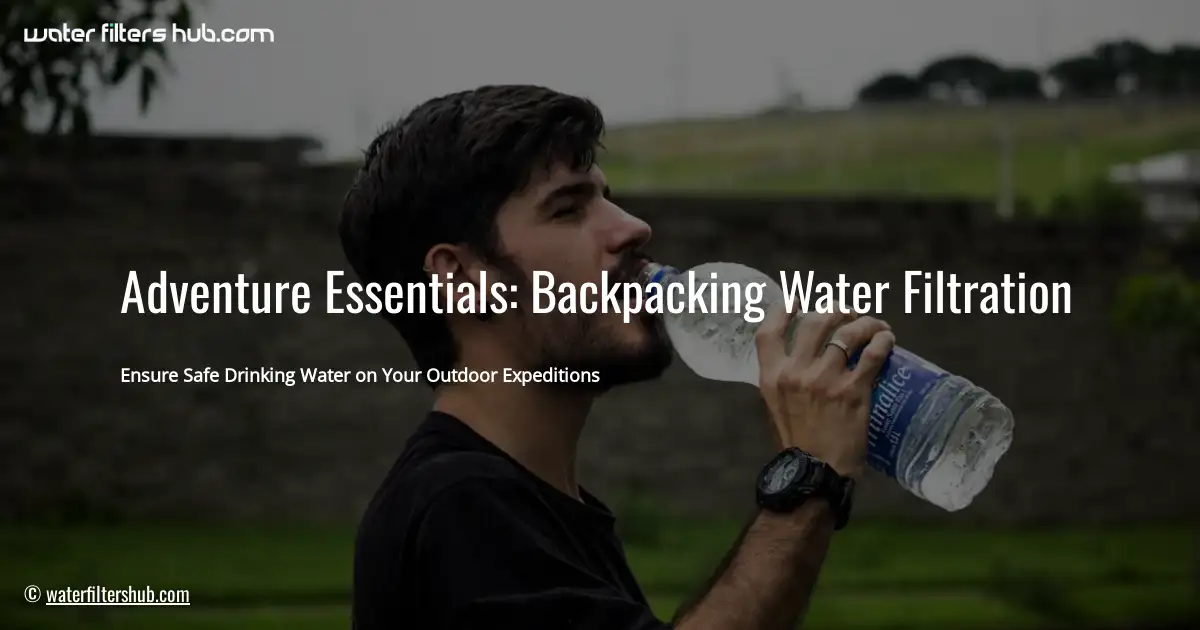
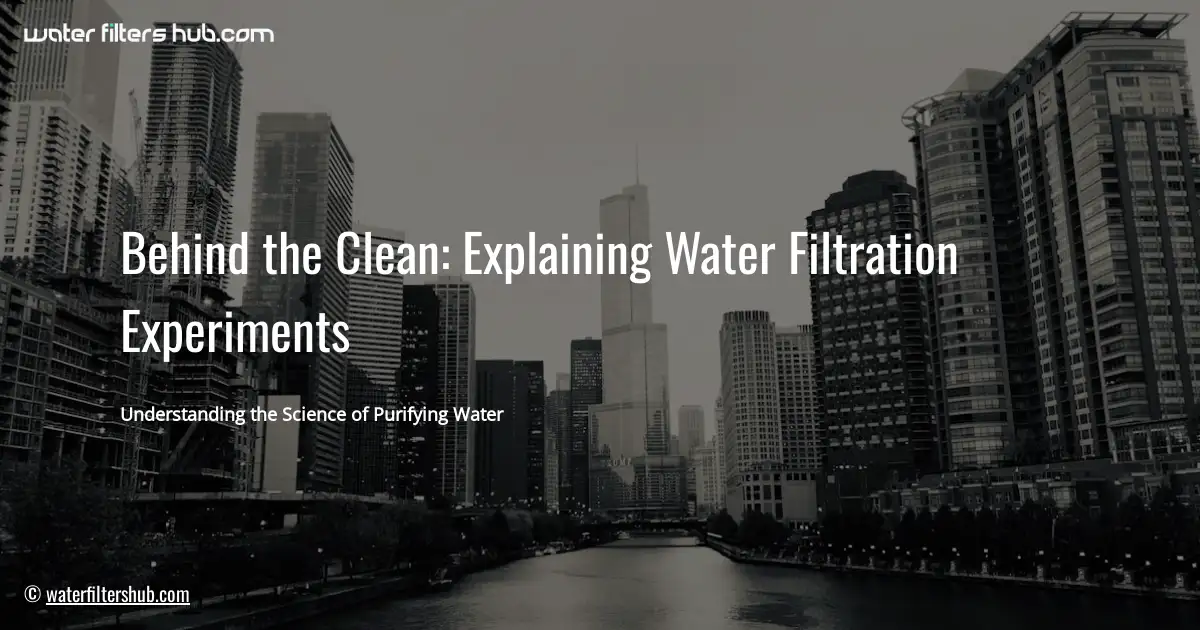
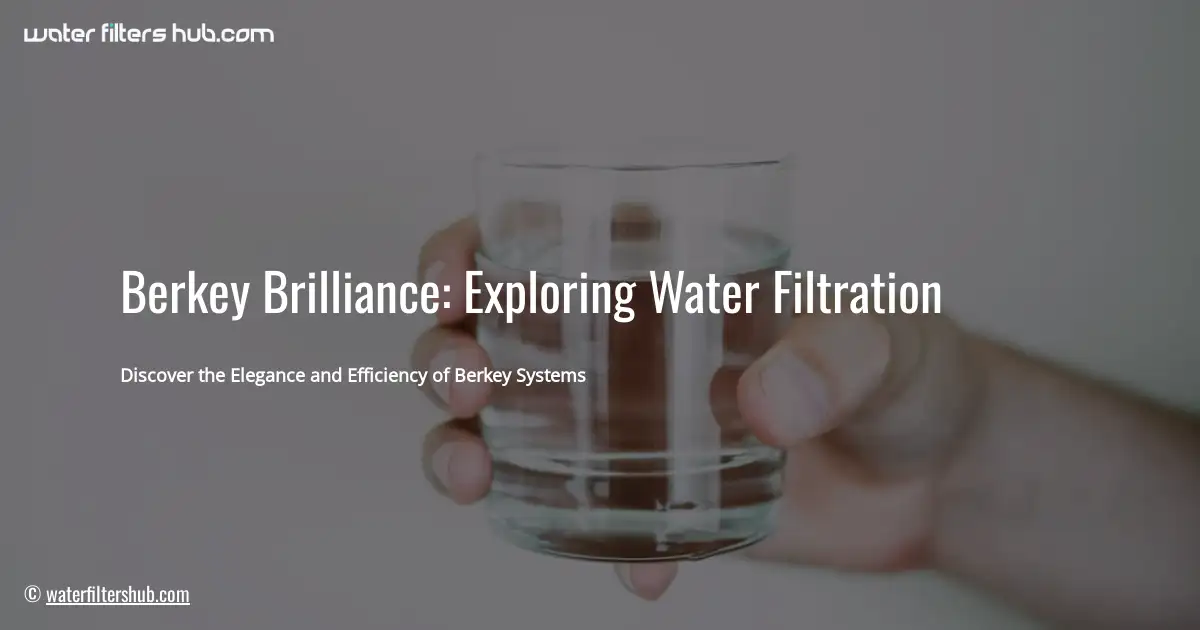
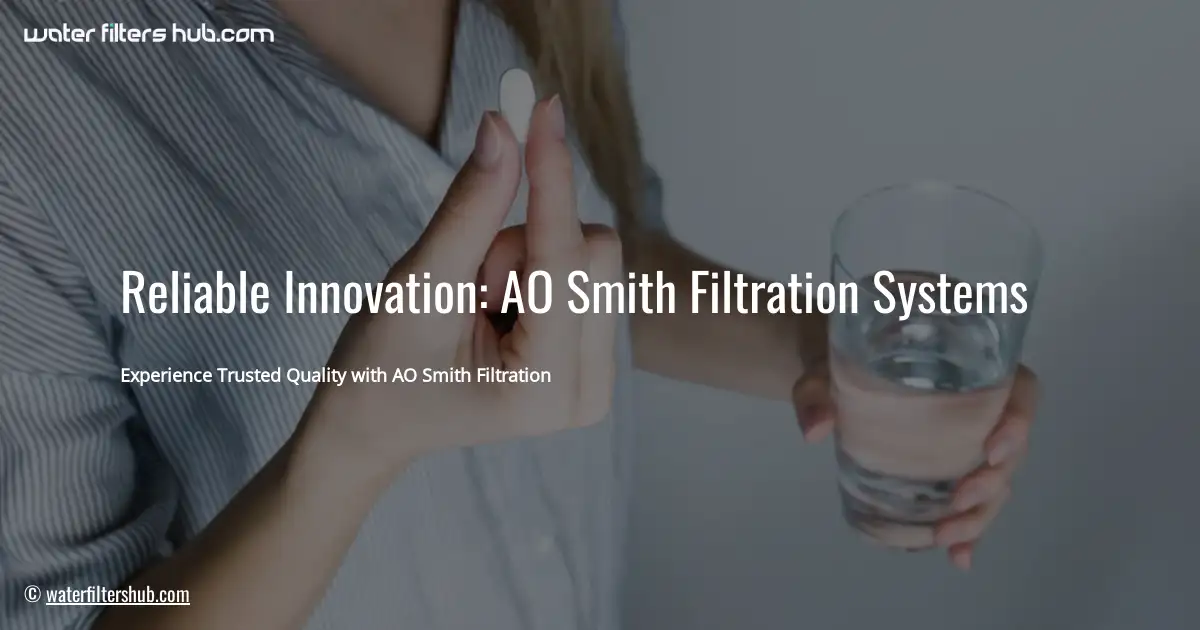
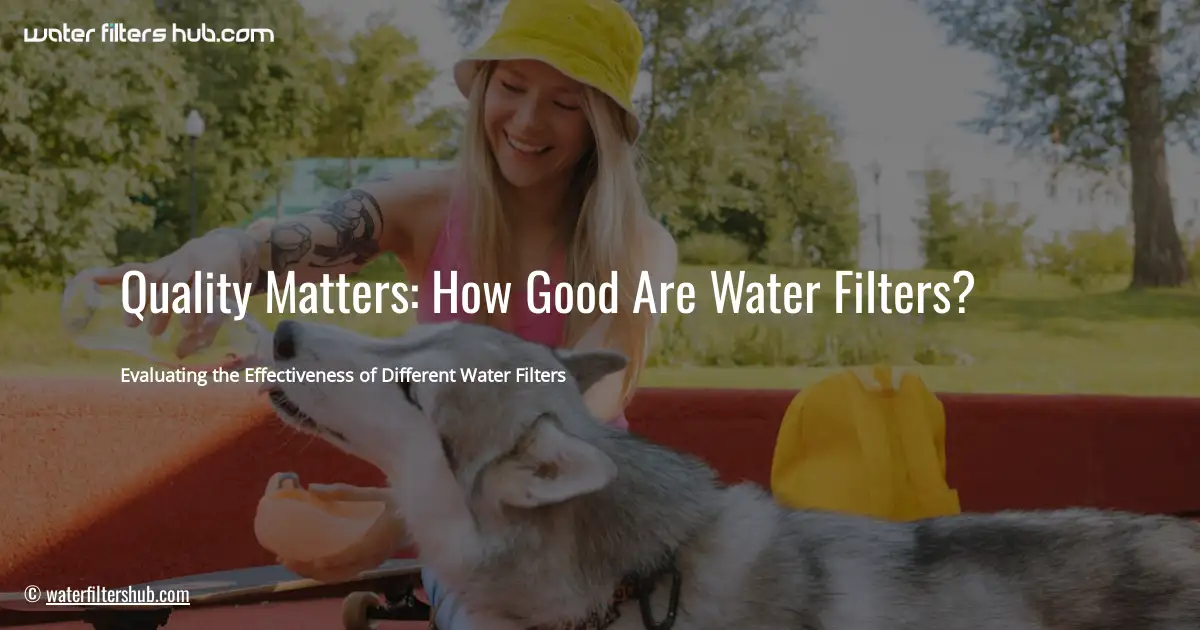
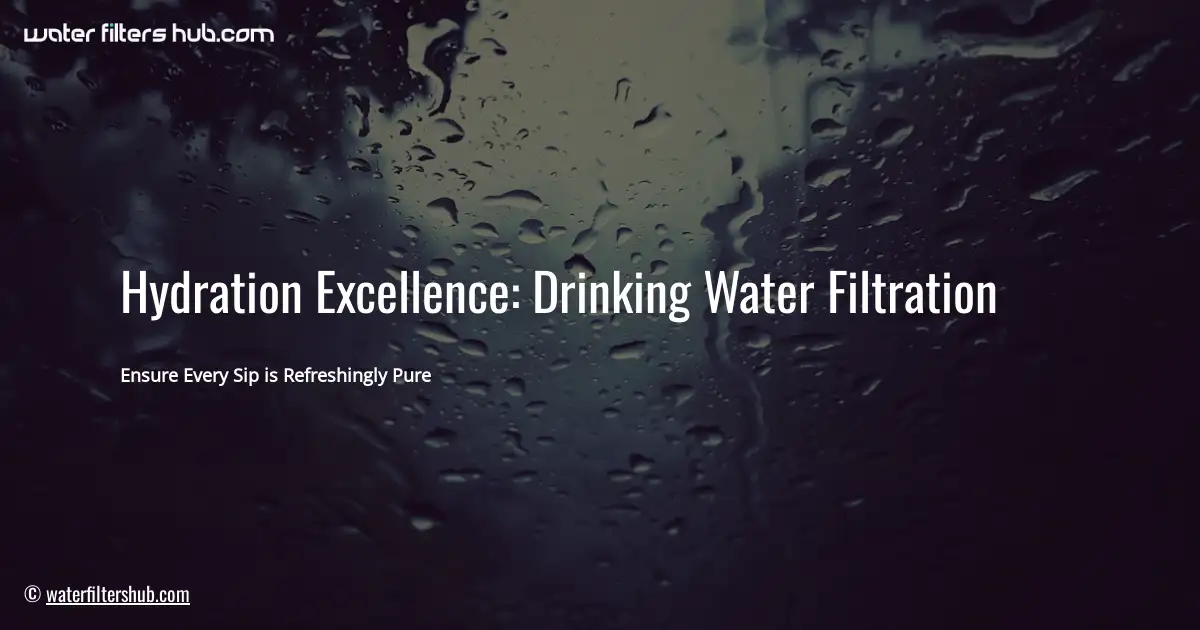
Leave a Reply